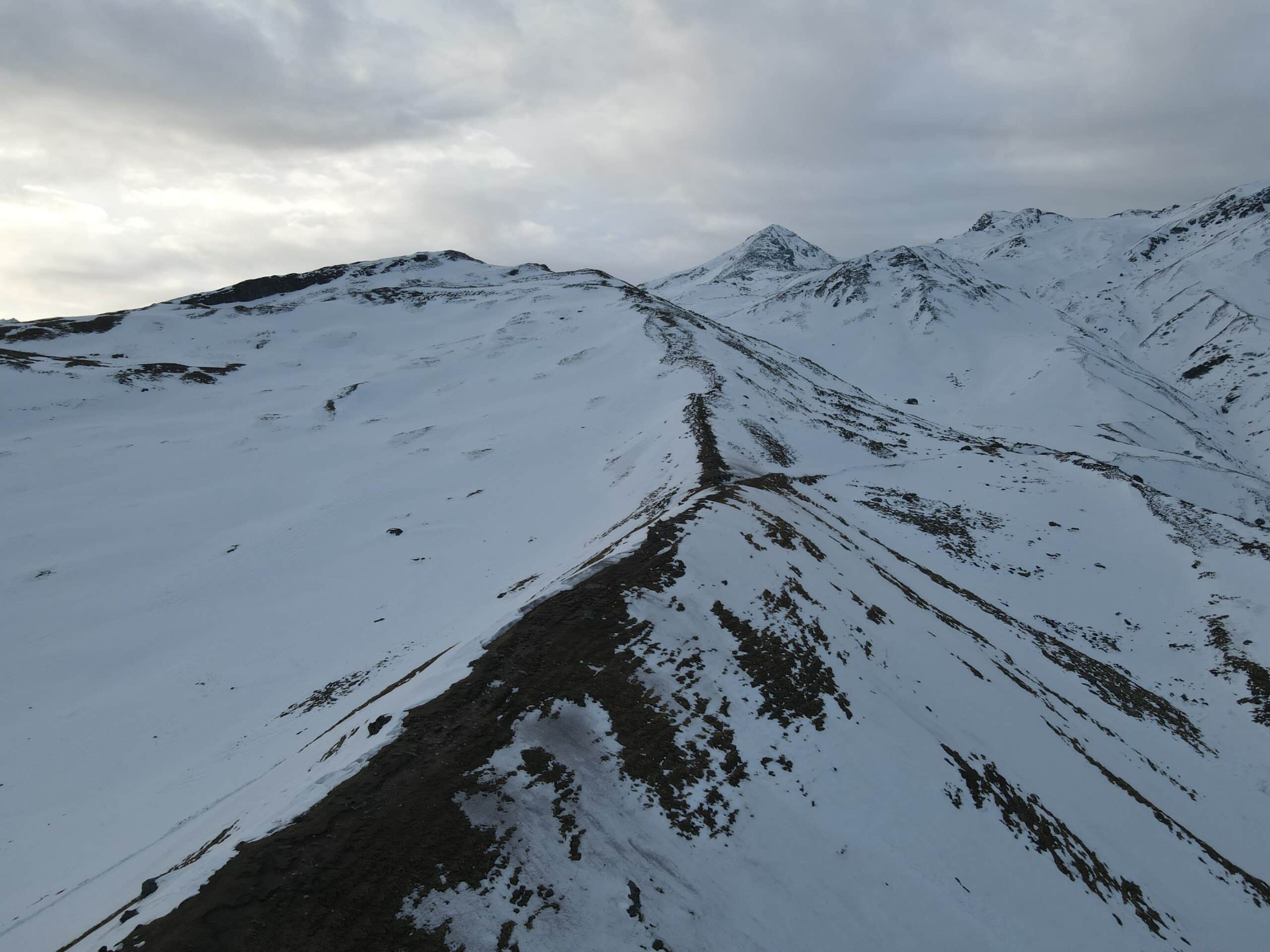Sandakphu Trek - A Spectacular Hidden Gem for Adventurers
Let’s uncover why Sandakphu is a must-visit destination for intrepid adventurers. I want to share some personal stories that demonstrate my point. I’m confident my reasoning will persuade you by the time I finish.
1. Fleeting views of the Sleeping Buddha
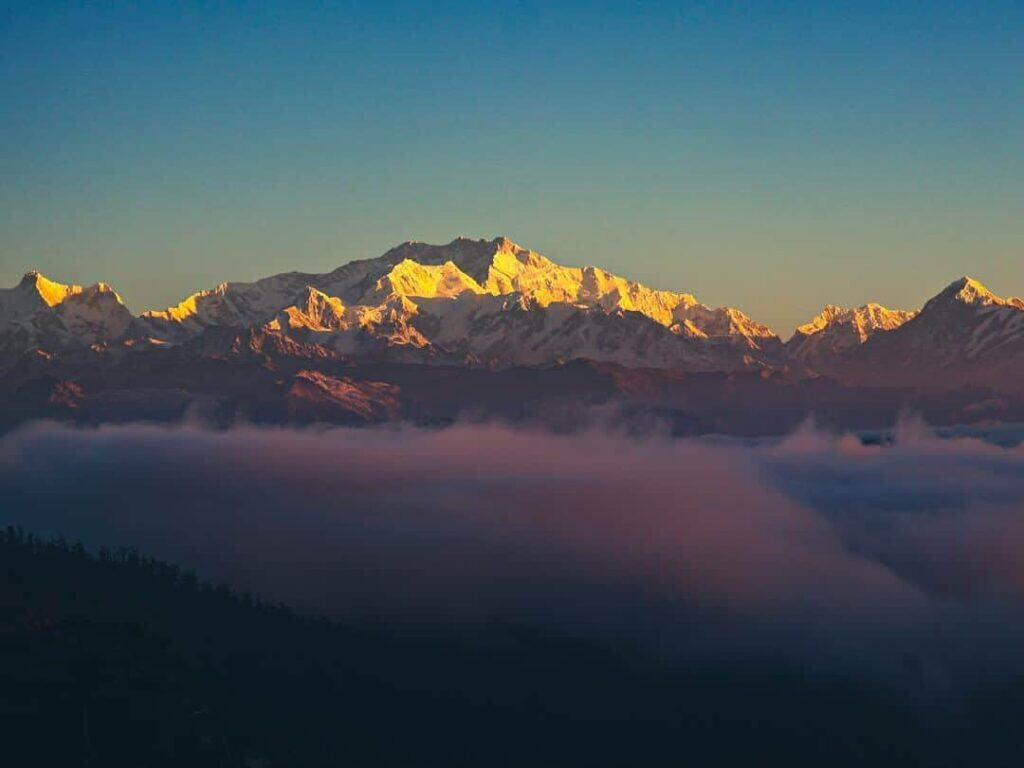
It is astonishing how little attention Day 1 receives in discussions. The forest areas are incredibly thick, allowing only minimal light to reach the ground. The forest’s density may deceive you into believing it is evening. When the forest opens up to a meadow, you catch sight of the Sleeping Buddha for the first time. Over the next three hours, the Sleeping Buddha appears to play a game of hide and seek with you. Upon reaching Tumling, you are welcomed by a clear view of the Sleeping Buddha.
2. Savoring Serenity: A Tea-House Retreat

The Sandakphu trek offers a taste of what it’s like to trek in Nepal without the need to set up camp or scout out a place to rest. Comfortable accommodations, such as wooden huts or basic lodges, provide cozy beds and warm blankets, making it feel like a luxurious experience. At Tumling, our club has windows that offer a direct view of the majestic Sleeping Buddha.
3. The Sleeping Buddha
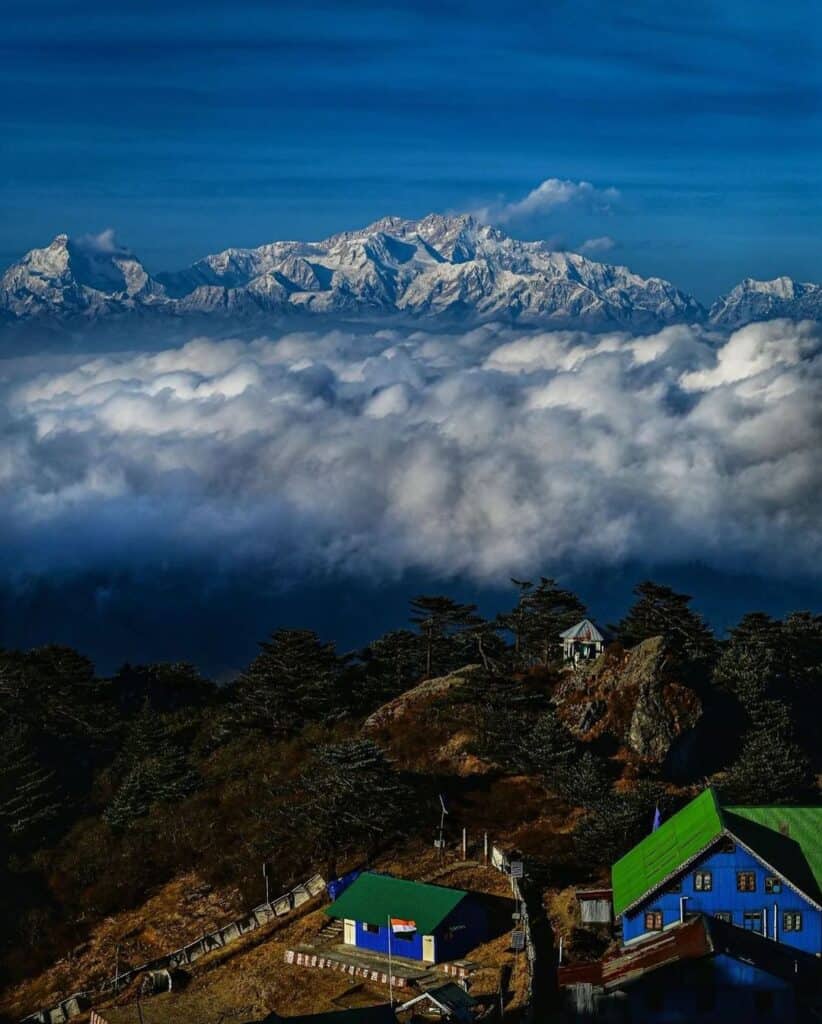
The majestic peaks of Mt. Kangchenjunga, Kumbhakarna, Pandim, and Kabru (North, South, Dome) create a striking resemblance to Lord Buddha in repose. This site will remain etched in your memory for a day and throughout your four-day trek. As you stand at Phalut, the mountains seem almost within reach, their proximity creating a sense of awe and wonder that is hard to shake off.
4. The stunning rhododendron forest is found in Singalila National Park.

On the third day of your journey, you’ll venture into the magnificent Singalila National Park, where you’ll have the opportunity to witness the breathtaking beauty of fiery red Rhododendron trees, which are ablaze with color during March and April. These trees provide a vital habitat for the elusive Red Panda, a species that is sadly threatened with extinction, with an estimated wild population of less than 10,000 individuals. As you tread quietly along the trail, you may be fortunate enough to glimpse these enigmatic creatures, making your experience unforgettable.
5. The Himalayan Mountains, including Everest & its sister peaks
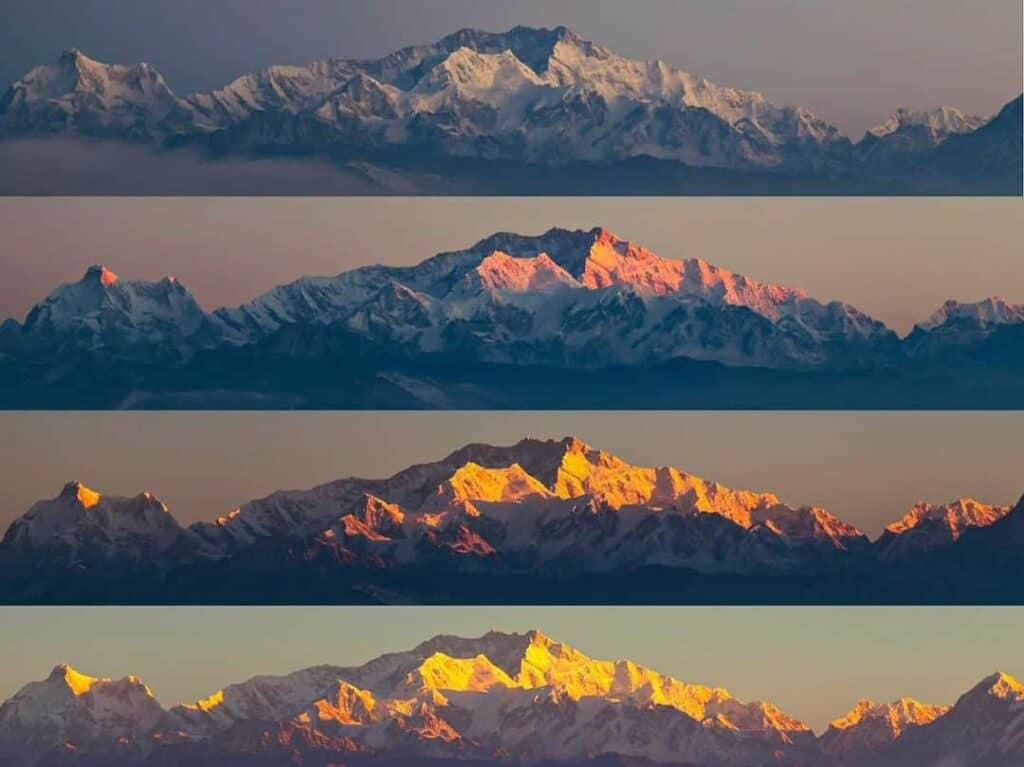
Sandakphu is a rare location on our planet where towering peaks reaching 8,000 meters can be seen. Notably, it offers a spectacular view of Everest, Lhotse, and Makalu and the opportunity to gaze upon the path ahead for the next four days of your trek. The extensive vistas from Sandakphu are genuinely remarkable.
6. Sabargram offers stunning mountain vistas.
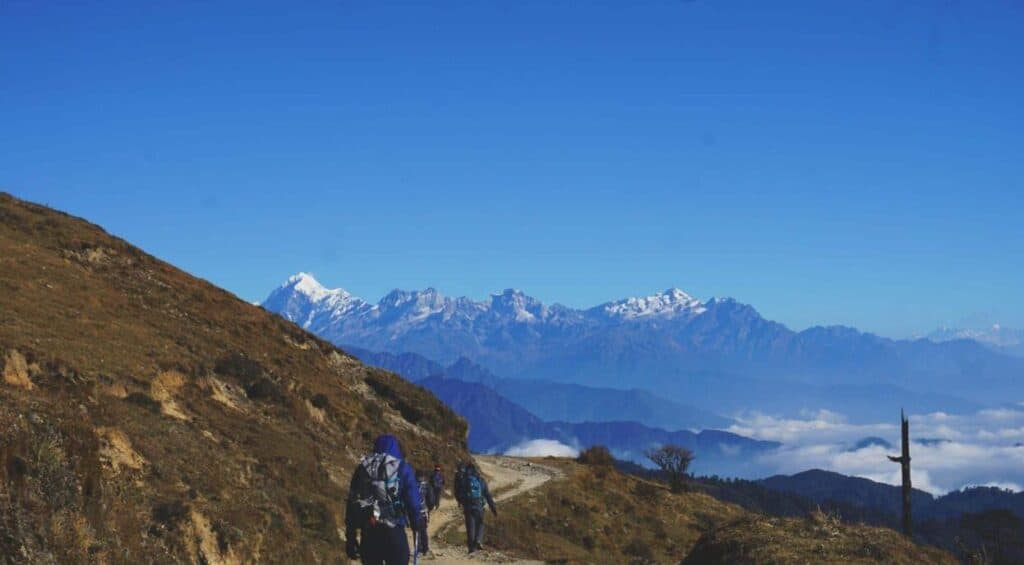
At Sabargram, mountain enthusiasts will find the ultimate vantage point. It’s one of the few campsites where you’ll have the opportunity to sleep in tents, surrounded by the awe-inspiring Himalayas. As you unzip your tent, you’ll be greeted by the majestic sight of the world’s highest peaks, an unforgettable experience for any mountain lover.
7. Descending into Enchanted Realms: A Journey Through Magical Forests
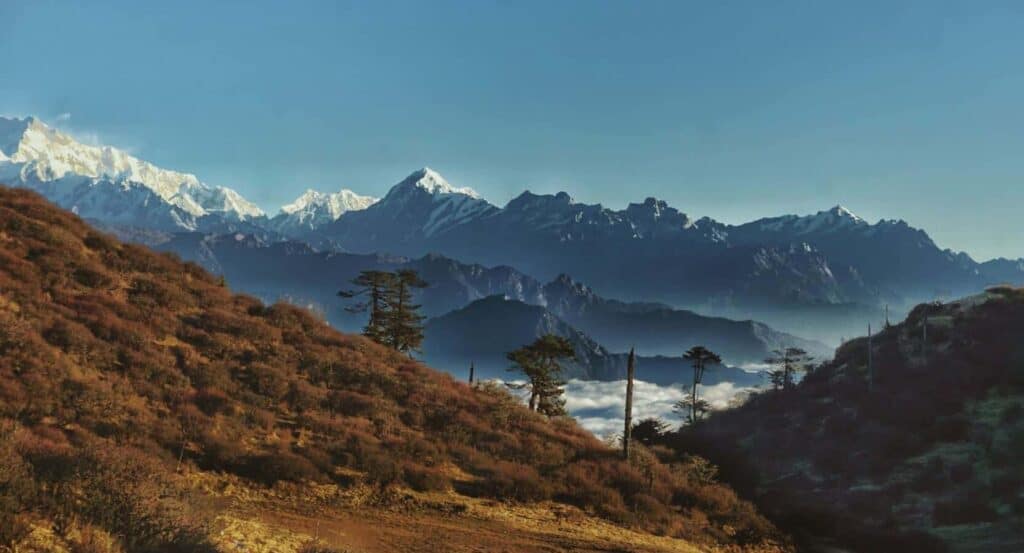
The journey to Gorkhey involves walking through a captivating forest with a diverse range of trees, such as rhododendrons, bamboo, and brown oak. The forest ground is covered with oak nuts, a favorite food of red pandas. Walking through the forest rejuvenates you and relieves your fatigue despite the long days.
8. Gorkhey and Samanden are the villages where you wish to establish your permanent residence.
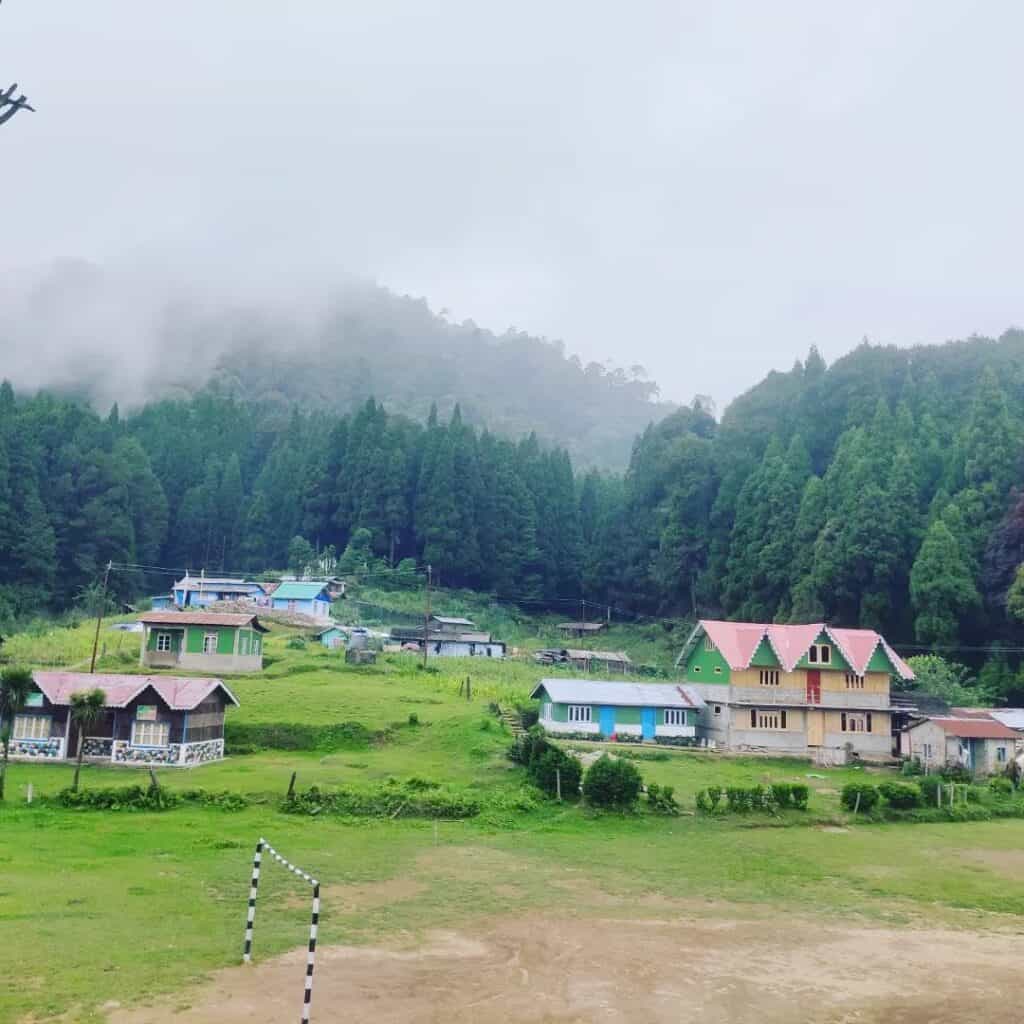
Gorkhey village is in a small open area surrounded by dense pine forests. A lovely river flows through the town, creating a captivating sight as one descends towards it.
Samanden, located an hour from Gorkhey, is a breathtaking village with charming wooden huts, lush vegetable farms, picturesque gardens, and small clusters of pine trees that enhance its beauty. I would love to establish a residence in this idyllic village. Following Samanden is Ramam. With reluctance, you bring your journey to a close at Sepi.




